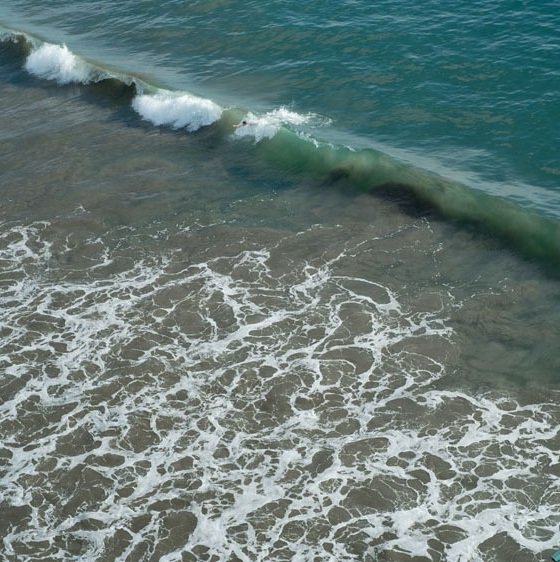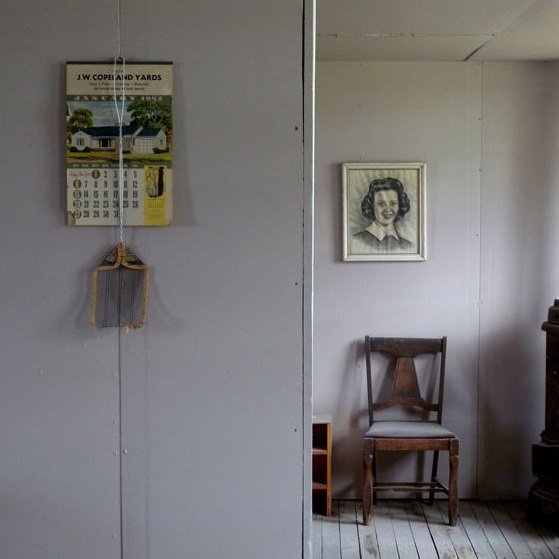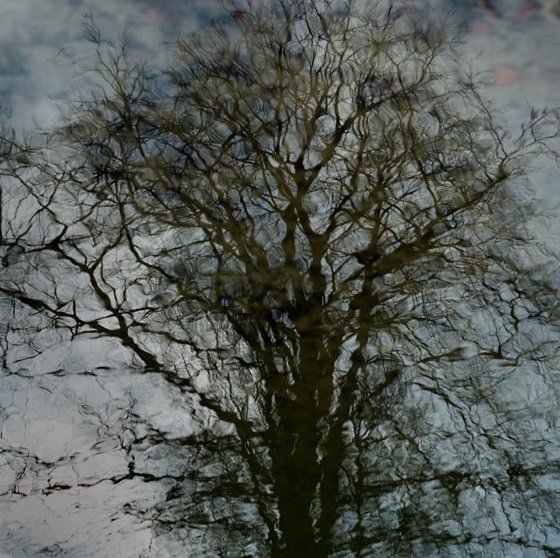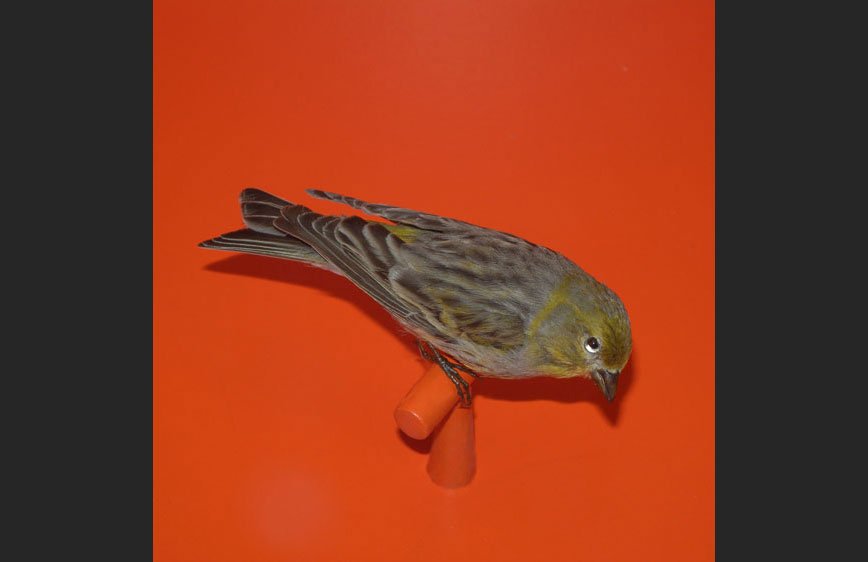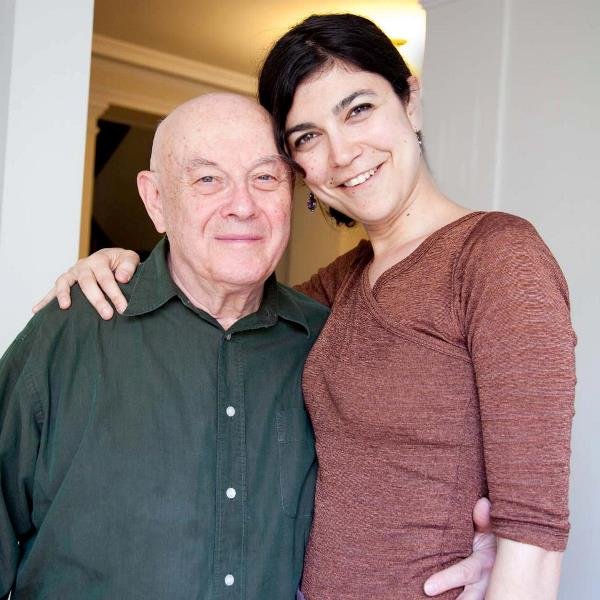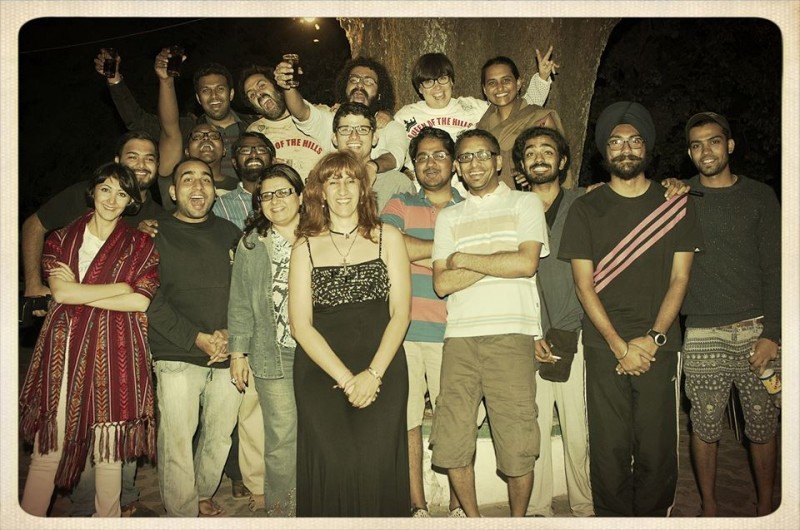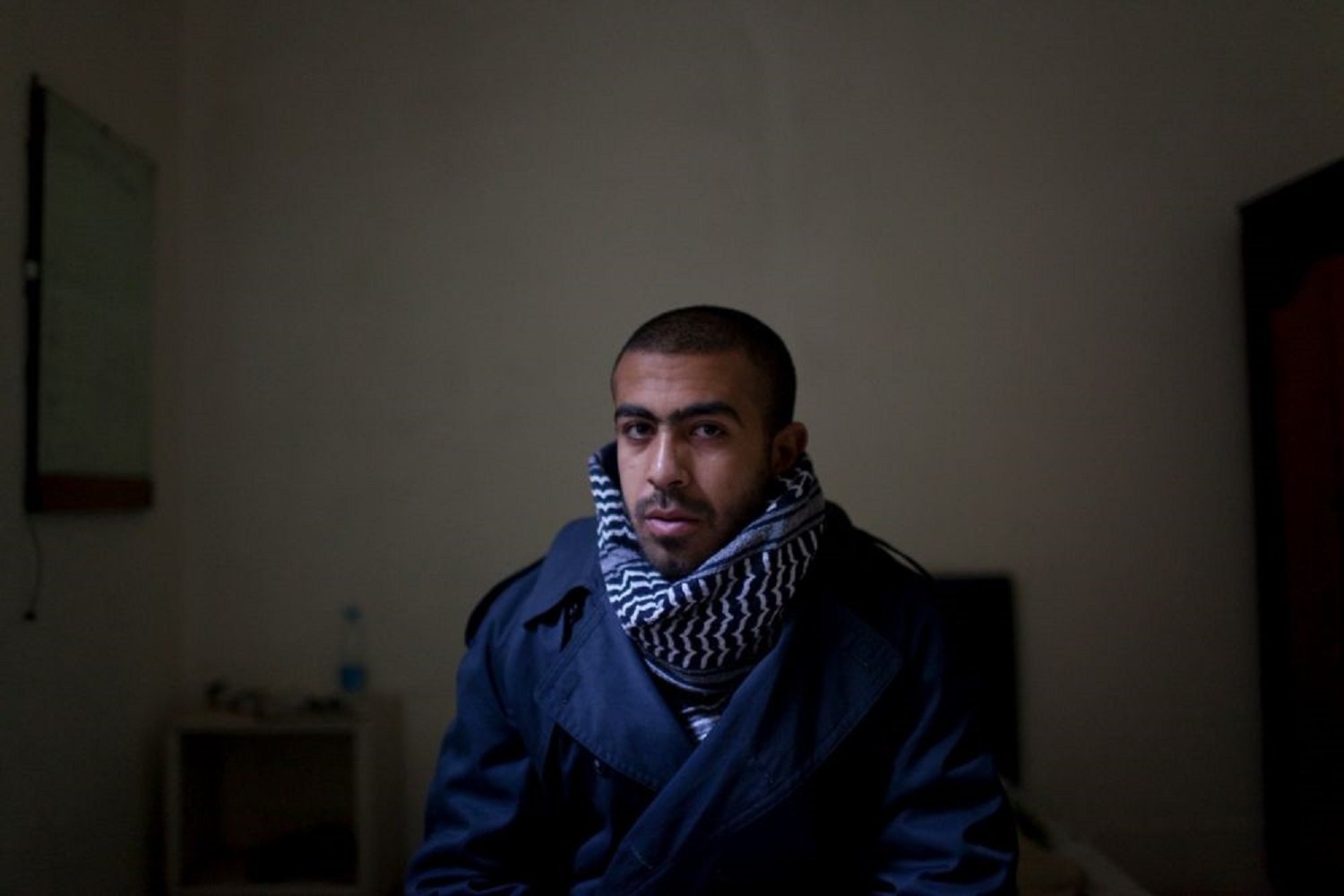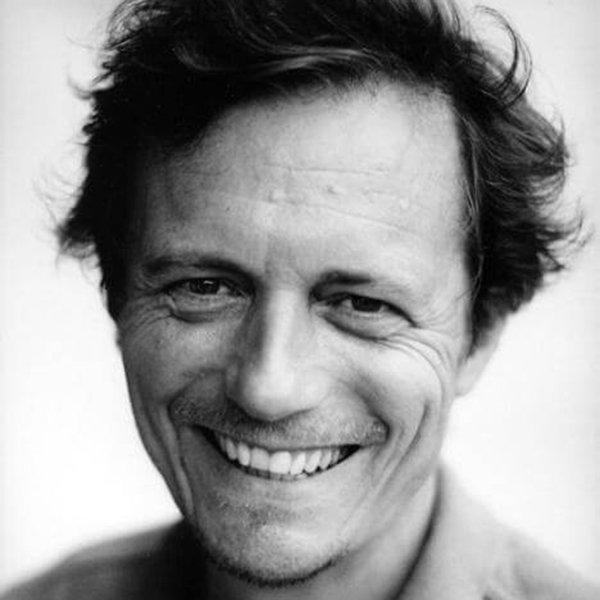Japan –
First I need to declare that I may be a tad bit biased in my photobook review as I was one of the text editors for this book.
Hiroshi Watanabe’s (b. Sapporo, Hokkaido, Japan 1951, currently resides in Los Angeles since 1975) recent photobook, The Day the Dam Collapses, is unusual in as he is well known for his photographic projects utilizing black and white film and this book project is completed with color/digital capture.
Watanabe has been making color digital “snapshots” for many years while deferring to his medium format camera and 120/220 film for his more serious projects. Since the birth of his recent child, he has become a bit more reflective and over a period of five years built a large body of color digital work. What I find interesting is that Watanabe will zoom in to examine the details and introduce a high degree of ambiguity, much as he does with his large format capture. In this regard, he has a consistency of vision.
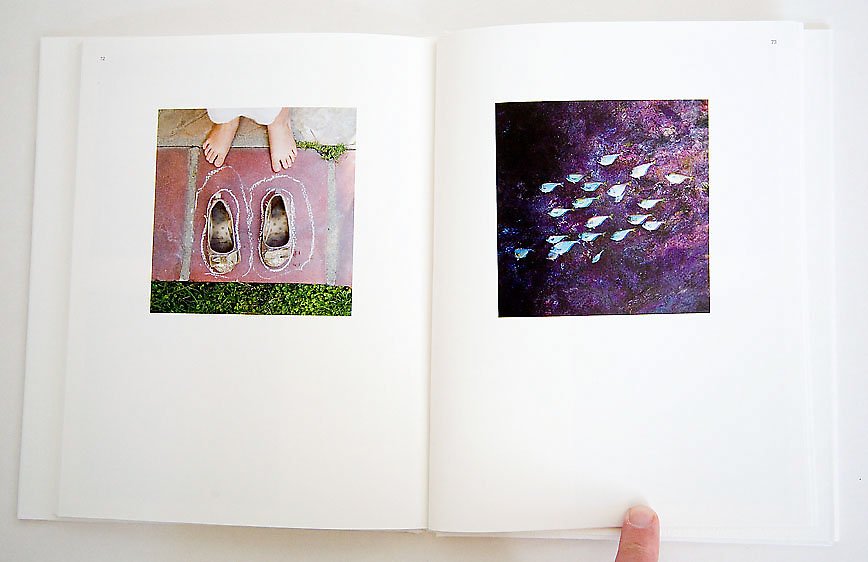
Watanabe is very familiar with a square image that results from his medium format camera, the square being an inherently a static framing as compared to a traditional 35mm format or 8 x 10” image. Even though his digital camera has the capability to create rectangular images, Watanabe imposes the equal sided format that he is so comfortable with. After so many years working with a 6 x 6 vision he is able to introduce a delicate balance and tension within this structured format. The square image, printed one per page, seem to gain some dynamic energy due to the random placement within the page’s frames.
The photographs upon first reading appear playful, but with closer examination, an undercurrent of tension and drama develops. This is apparent as both singular images and as well as the carefully pairing of images as they play off each other across the book’s gutter. In one page spread, below, an object that appears to be childlike is awash and submerged on the shoreline surf. There appears to be a large air bubble above the face, as though the air is being exhaled. The agitation of the water and this object being total submerged is startling as it is disturbing. One the facing page is photograph of a bare tree or bush situated in front of a wall, revealing the skeleton of the plant’s structure. This plant may be dormant at the moment or has died. For the reader, both of these images are ambiguous and both have a dark undertone that is further reinforced by their approximation on the page spread.
Interestingly, the book’s title hints at a pending disaster, creating more tension, which is subsequently elaborated on by Watanabe in his Afterword. He acknowledges that the reader and everyone we know will as some point die, when we never know. Nevertheless we take for granted the normal, banal aspects of our lives as though we might live forever, a somewhat fatalistic viewpoint. Watanabe is essentially evocating that the reader should remain grounded in the moment and see the wonderful things as these are today. The book’s dust cover provides another metaphoric reading; perhaps life is as delicate and fragile as the wings of a butterfly.

As a book object, this was designed in conjunction with the Daylight team in the US and subsequently printed in conjunction with Tosei-sha in Japan, an interesting collaboration that was orchestrated by Watanabe. The dust cover is printed on an interesting paper with a beautiful texture, although I also note that this paper is also a dirt magnet, so handle carefully. The essay was written by Watanabe with the text provided in English and Japanese. The pages are numbered while the photographs lack captions.
One aspect of this photobook that does bother me is that although this is a very beautifully printed object, the binding does not allow a lay flat viewing for the reader as you will note the inclusion of my hand frequently in the book’s interior photographs, below. The flip side is that this is a stronger book binding technique.
Photography feature – Douglas Stockdale is a photographer, author and writer when not working his day job.



